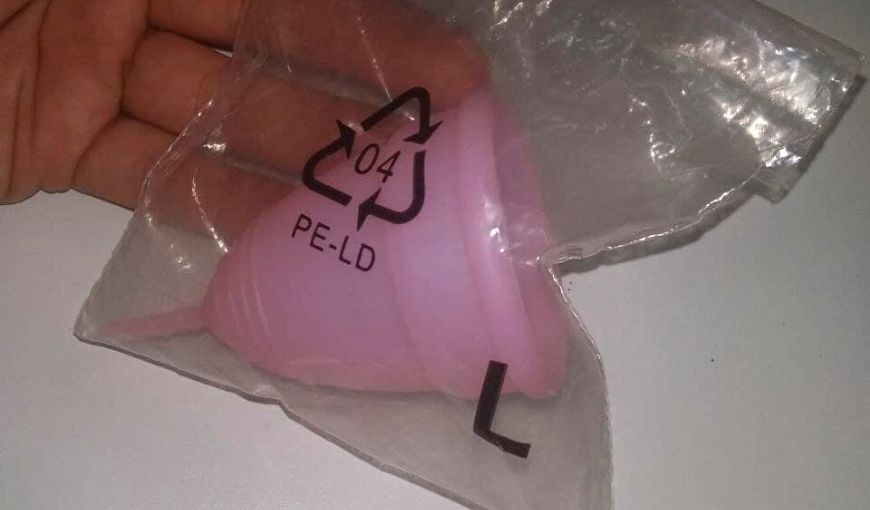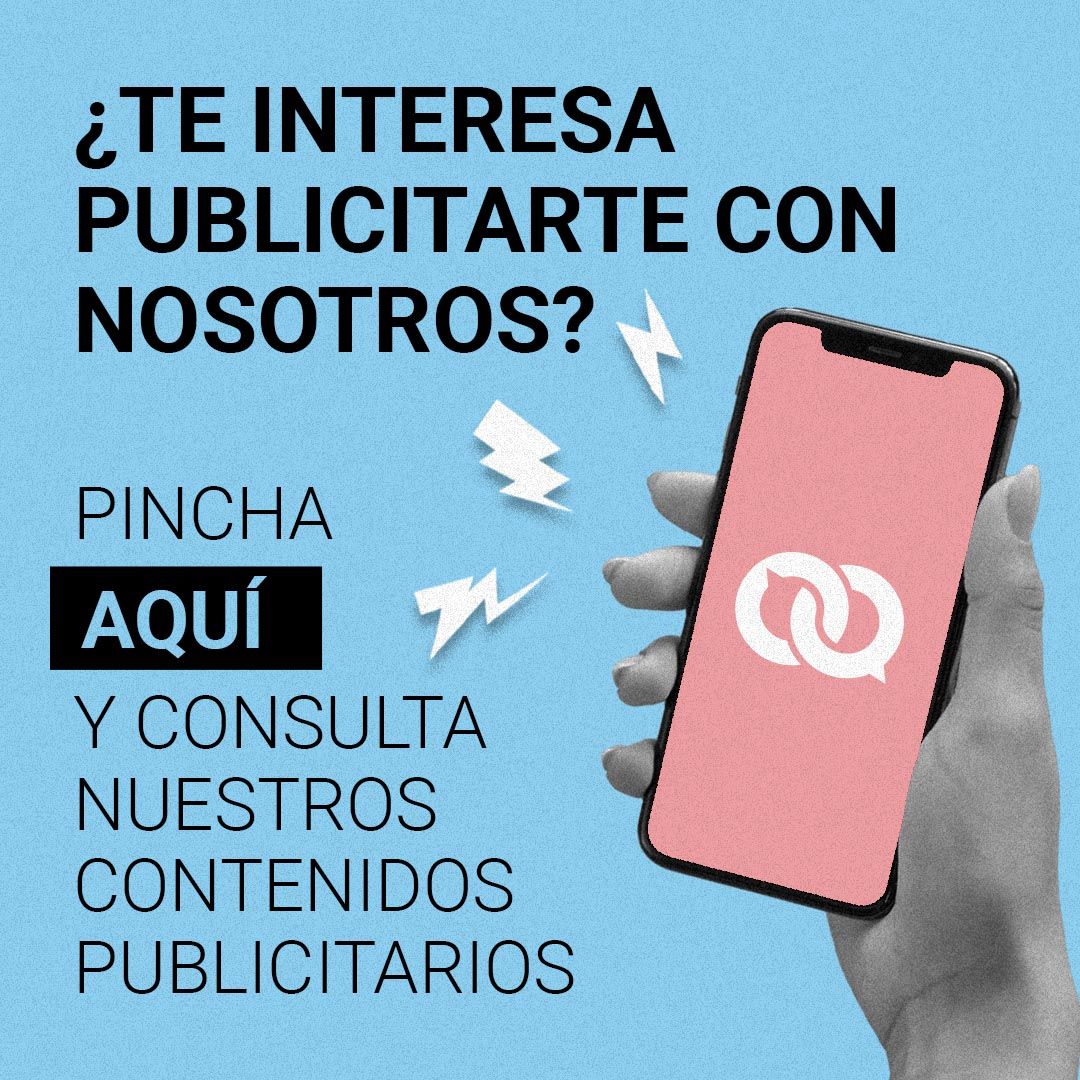Diana Ochagavia Castañeda found out the worst way after paying 600 pesos ($24 at the official rate) for a menstrual cup that never opened up, once she tried to use it.
“I knew about the advantages of these products and went to buy one near my work as soon as I could,” she says. “I tried putting it in every possible way I could, but the same thing always happened: it was so soft that when I folded it, it never went back to its original shape.”
Sometimes, being aware of risks isn’t enough to avoid them. Diana knew that buying it on the street always implies a risk and that there are “Chinese copies” being sold really cheap at some stores and that Cubans import them from abroad.
“I only realized the difference when I bought a “real” one. I didn’t even try and return it by that point. When I bought it, I knew I was taking a gamble,” she admits.
Once she discovered it was a scam, Diana found the Copa Menstrual Habana Facebook page, where Liana Liz Perez promotes the use of menstrual cups and helps women who want to start using these feminine hygiene products.
Liana warns about the importance of flagging these scams with products of dubious quality and safety that might even cause skin allergies or disease in the reproductive organs.
Not only in Havana
The uVe project recently donated menstrual cups, thanks to a collaboration with US project The Flow Period – which advocates for affordable and reusable menstrual products all over California and in other cities in the world – and writer Delphine Hirsh.
The uVe effort has made various donations to gyms, recreational centers and other places women go to in the provinces of Havana, Cienfuegos and Sancti Spiritus.
“Beyond just donating cups, we are interested in reaching the communities that need them the most: who have no information about them, who have no access to menstrual hygiene products, etc.,” Sam Olazabal says, founder of uVe. “There are many people who could have access to the cup and don’t, that’s why the most important thing is knowing how to use it and verify that they are quality cups.”
Sam explains that shortages of this kind of product mean that the illicit market takes advantage to sell them at a markup, even when they are poor quality.
Menstrual cups are not only harder to find in other provinces, but they are tend to be an unknown option much of the time.
Claudia Montane believes that there is more and more information about them in Santiago de Cuba, but that because so few women are using them, when she bought her own, she didn’t discover she’d been scammed until a few days later.
“I paid 250 pesos and I looked up videos on how to use it; but it always fell out. I was leaking after half an hour. I realized that I was folding it and putting it in like it said in the instructions, but that it wasn’t popping back into its original shape like it should,” she says.
When Claudia bought her cup, the packaging was already open, but “she didn’t know much and it was the only thing she could find around here.”
She spent two months trying to make it work, despite suspecting something wasn’t quite right; until she contacted Liana Liz via the Copa Menstrual Habana page and was able to compare hers with other cups.
“I also confirmed the scam when I compared prices,” she says. “Menstrual cups are normally expensive and the one I’d bought was allegedly the Aneer Care brand, which is very expensive and I bought it for just 250 pesos here.”
Aneer Care (US) is a certified brand of menstrual cups, “but widely ripped off by Chinese companies which are globally reported,” Liana Liz explains.
A graduate in Pharmaceutical Sciences, she insists on the importance of knowing how to identify a well-made menstrual cup, given the fact that copies are not only uncomfortable, but can also cause health problems.
“Cups need to undergo a verification process of technical regulations and toxicity testing, to prevent any kind of harm, reaction or allergy,” she explains.
It’s becoming easier and easier to find menstrual cups for sale on social media in Cuba. Dalila* gets them “brought over from abroad.”
She knows that the cups she sells for 550 pesos are copies, “but they’re good”, she assures us. “I’ve been using one for a year. The originals cost 1000 pesos or more.”
The seller receives these products in bulk which she then sells, along with clothes, shoes and cosmetics, on her Whatsapp catalog when she has them.
While she refuses to comment on where her products come from or how much they cost, she doesn’t hide the fact they’re copies from her customers; but if they don’t ask, she doesn’t say anything either.
“It’s my job to sell them,” she admits. “If I start explaining that these aren’t originals, I probably wouldn’t sell any. People need to inform themselves before they buy and decide whether to take the risk or not. It’s the customer’s responsibility.”
In reality, it’s the seller who’s failing to meet customer protection regulations. There are actions you can take against this kind of behavior by making a civil complaint; but it’s unlikely this will happen as they incur disproportionate costs and time.
How can you spot a fake menstrual cup?
Look at the product and seller information. It’s important to have the name of producer, contact information, distribution company and health authority that regulates and authorizes its commercialization on the packaging and box.
Instructions should have certification, usage and composition details in them, at least.
Cups should be entirely made out of medical silicone or medical grade plastic, be hypoallergenic and have no trace of any chemical substance. These characteristics mean the pH inside the vagina isn’t affected and infections, nor other adverse reactions or diseases are contracted.
If a medical silicone or medical grade plastic menstrual cup is folded, it immediately returns to its original shape. If a cup takes time to go back to its original shape after being folded, you have reason to suspect it’s a fake.
Plus, these safe materials mean that you can sterilize the cup with boiling water without it losing shape or consistency.
A menstrual cup has no odor. Some people who have bought fake menstrual cups say that they smell of plastic. They also say that they waited to boil them in hot water to see if they lost this smell.
Before buying a menstrual cup, it’s important to seek out all available information out there to get a clear idea of what they look like and to ask the seller everything you need to.
Menstrual cups aren’t normally cheap. While their price can be one of its disadvantages, being able to use them over years makes this a worthy investment. However, there are some cups that are being sold relatively cheap, compared with the average price (20-30 USD). For example, Croing cups (are sold two for one) and Deliplus cups (9 euros per cup). Both of them have all of their production, commercialization and health certification information on the packaging.
It’s also recommended you open a menstrual cup at the time of purchase if you are doing this on the street, and check that it isn’t out of shape or that the plastic is wrinkled. Given the fact that menstrual cups are only being sold on the illicit market in Cuba, it’s important to pay attention to these details to stop scams and stay healthy.
*Editor’s note: For many decades feminine hygiene products have repeated shortages in Cuba, being of low priority for the government, which along with the military, have a monopoly on retail store sales.
This article was translated into English from the original in Spanish.











comments
We moderate comments on this site. If you want to know more details, read our Privacy Policy
Your email address will not be published. Mandatory fields are marked with *